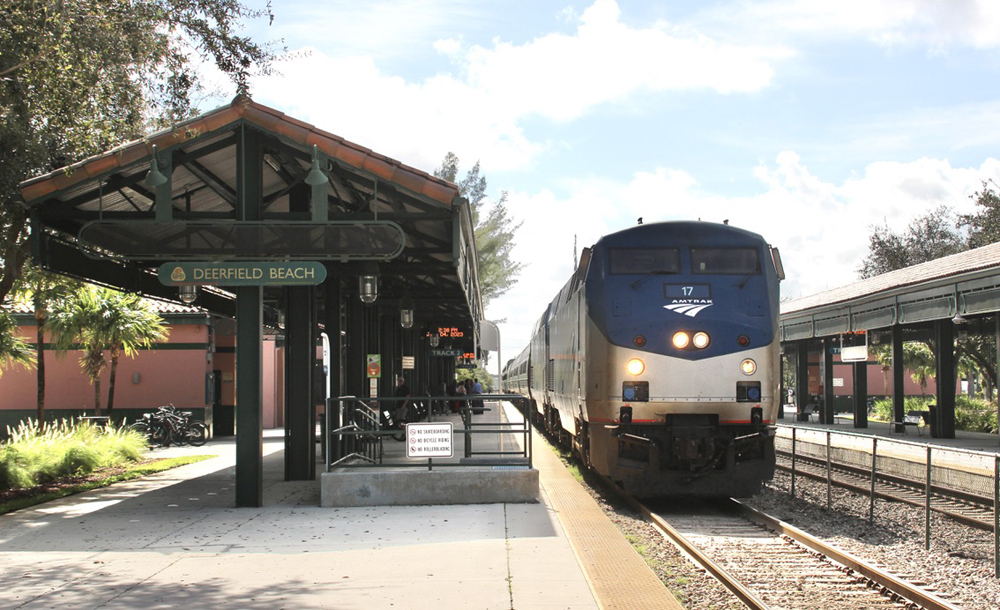
WASHINGTON — Amtrak’s annual funding request to Congress seeks $1.7 billion for the Northeast Corridor and $1.95 billion for its National Network needs in the coming fiscal year, as well as almost $9.7 billion in additional funding, according to the General and Legislative Annual Report and Fiscal Year 2024 Grant Request released this week.
The $3.65 billion in the annual grant request — a figure set by Congress in 2021 — includes a significant shift of resources from the 2023 version. A year ago, the company sought $3.3 billion overall, with one third ($1.1 billion) going to the Northeast Corridor and the remaining two thirds to the National Network. The allocation sought this year would devote 46.6% of the funding to the corridor.
The 129-page report including the request, available here, says this shift reflects costs associated with ownership of the Northeast Corridor, compared to the national network, where Amtrak owns little infrastructure; a slower recovery of business-travel demand following the COVID-19 pandemic, which has hurt NEC fare income, particularly on the high-revenue Acela service, “leading to a greater need for federal assistance;” and the NEC’s greater reliance on ticket revenue for capital expenses, which means “the NEC has borne an outsized share of the resulting financial strain.”
If Congress fails to provide less than base funding needed for the NEC, the report says, the company “will need to take action by either reducing/delaying necessary maintenance and capital work along the NEC, or else transferring funds between the NEC and National Network accounts” as permitted by law. Failure by Congress to provide substainlly less than the authorized $3.65 billion, Amtrak warns in the report, could mean “significant adverse conquences,” including missed opportunites to expand and modernize service, as well as deferral or cancellation of maintenance “crucial to the railroad’s long-term health.”
Amtrak breaks both requests down into “base needs,” such as operating and capital expenses, and “modernization,” which includes specific improvement programs for both the Northeast Corridor and National Network, station programs for both areas, and other capital investment.
The largest modernization expense is $202.6 million budgeted for the Long-Distance Improvement Program, which the report says includes infrastructure investments to reduce trip times and improve on-time performance, expansion of in-demand services (such as dining-car access for all long-distance passengers), and investments in back shops and other facilities “to enable quicker returns to service for out-of-commission equipment.”
The Northeast Corridor would see $200 million for the Trip Time and Speed Improvement Program, which could include projects such as “signal upgrades, curve realignments, and installation of additional higher-speed track within or near the existing NEC right-of-way.”
Another $175 million is budgeted for the Chicago Hub Improvement Program, which seeks to make improvements at Chicago Union Station and on routes into and out of the city. Presumably, this would include many of the features envisioned last year when Amtrak sought, but did not receive, more than $250 million via federal Mega Program grant [see “Amtrak unveils infrastructure plan to transform Chicago operations,” Trains News Wire, June 10, 2022].
The additional funding requests include some $3.053 billion in Federal Railroad Administration discretionary grants, led by $1.5 billion in funds from the Federal-State Partnership program. That is the program under which Amtrak is seeking funds to study infrastructure work necessary to launch a Meridian, Miss.-Fort Worth, Texas, section of the New York-New Orleans Crescent [see “Amtrak seeks expansion of Crescent …,” News Wire, March 10, 2023]. Another $1 billion is sought under the Consolidated Rail Infrastructure and Safety Improvements, or CRISI, grant program. The Southern Rail Commission’s $179 million request to fund infrastructure improvements on the planned Gulf Coast service between New Orleans and Mobile, Ala. [see “Grant seeks almost $179 million …,” News Wire, Dec. 16, 2022] is an example of how Amtrak benefits from CRISI grants.
The additional funding also seeks some $3 billion under Federal Transit Administration Capital Investment Grants, $2 billion through the Mega Program, and $1.5 billion under the RAISE program. In earlier iterations as BUILD or TIGER grants, notable Amtrak projects funded under that program have included improvements to the route of the Southwest Chief [see “Stakeholders set sights on finishing ‘Southwest Chief’ route improvements,” News Wire, March 12, 2019].






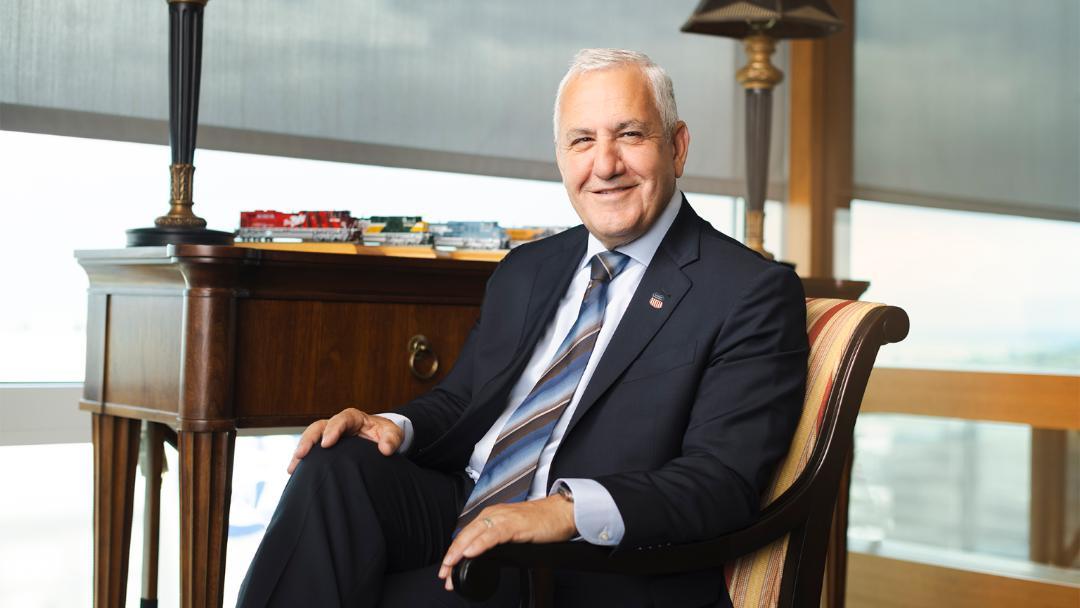
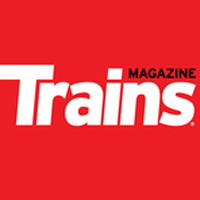
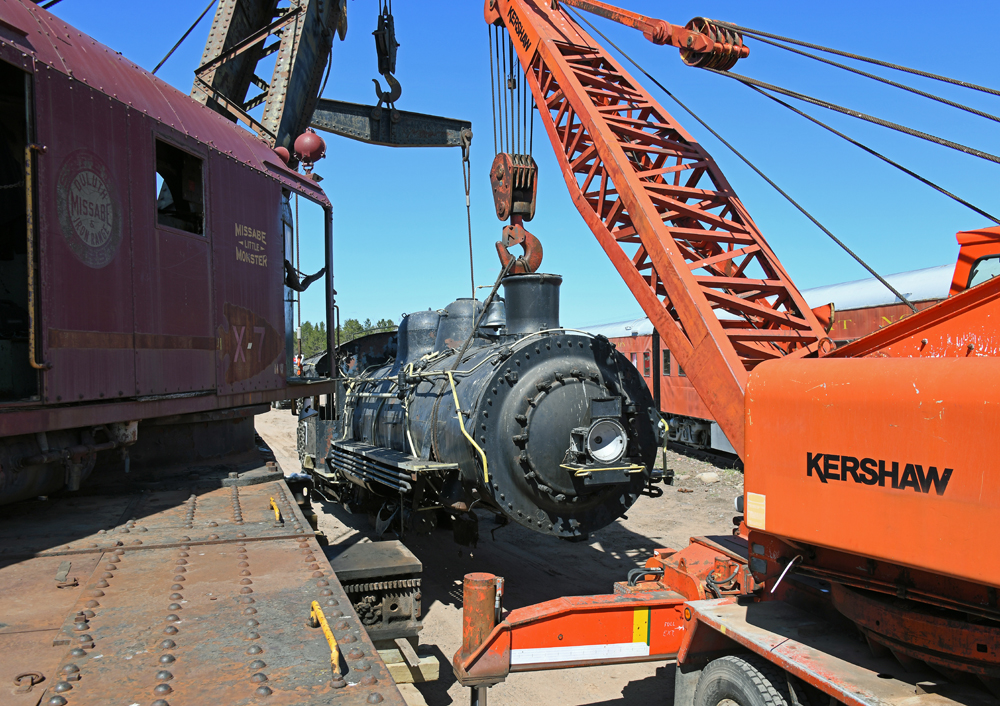
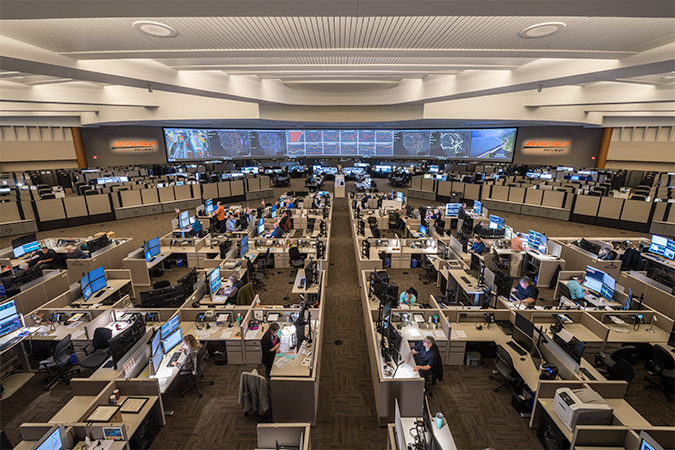




Did the report a line item for the upper level management BONUSES that they will inevitably get despite continued lack of solutions to ongoing operational problems.
Do you think this Congress in approving this or any other budget it eventually approves will be paid for improvements in all, some ,any of its operational performance.
NO and NO
Some history here. Amtrak has had to fight for its existence and funding under every U S president from its beginning. When Amtrak was created in 1971 under legislation signed into law by then President Nixon who was reluctant to sign the bill and had a very dim view of saving any passenger trains in this country. Under President Reagan and his budget director at that time, David Stockman they released plans for a draconian budget which would have eliminated all funding for Amtrak including the NEC as well as money for mass transit projects for the country. President Reagan and his advisors took a viery dim view of railroads and passenger rail travel in general and decided that railtravel was something in the past. And the same goes for every president with the possible exception of President Obama who had a grand plan for high speed rail linking this country but of course that never gained any traction. Even now there are plenty of folks who either want to scrap all passenger train service in the country or the folks who want to expand and increase train and rail service. It is also a hot button issue in this country. A few years ago some think tank research group proposed doing away with the NEC and and having an Autobahn style highway linking Washington D C , NYC and Boston and one part would be dedicated to an express bus service linking those cities for folks not wishing to drive or can’t drive. Of course nothing came of that plan either. Yes we know the vast majority of folks travel either by plane or drive to their destinations and that will never change. The plane and the automobile are a part of the American way of life. However there is still a large segment of the population who will neither drive or dont want to drive or who just won’t fly for various reasons Do we isolate or deny that part of the population the means to conviient, affordable public transportation such as trains or buses? No they are fellow Americans and citizens and they have the same rights as any of us. As I always say, there is room and the means for all forms of transportation to work together as one cohesive system to move people from place to place There is no reason why planes.automobiles, trains, buses and mass transit can’t all be joined together and work in unison to move the poulation smoothly and efficiently
Joseph C. Markfelder
Trains like the North Coast Hiawatha, Lone Star, Floridian, National Limited, Pioneer and Desert Wind were discontinued under a democratic administration.
As far as Obama goes, in 2009 2010 that would have been the time for Amtrak to order new long distance equipment. Sadly they did not and because of the lack of care of Superliners, we may see more long distance discontinuance due to lack of available equipment.
The states on the NE corridor are exempt from PRIIA costs because Congress set it up that way. It’s not Amtrak’s decision and only Congress can change it.
Wasn’t Gardner a congressional staffer then?
Notice the veiled threat that if they don’t get what they want for the NEC they’ll start siphoning off $$$ from the national network? As a previous commentor above said the NEC needs to operate under PRIIA guidelines the contributions from those states would go a long way to making these improvements to this failing corridor. If they actually had to pay for their premium service perhaps they would have second thoughts about its operated & maybe make their transit agencies pay more since they are the biggest users of the corridor. AND NO! Everything is not on the table it never is it’s just the usual programs that don’t have the finances to own a Congressman!
Based on what is going on or notgoing on with the very real looming debt ceiling crisis, and a Republican led House, There mightnot be any funding not one single penny given to Amtrak. The obsession now is to cut the deficit and attempt to reach a balanced budget in the next 10 years and everything is on the table being considered for cutbacks or elimination. Funding for Amtrak and any transportation projects is a potential target for the budget ax even Amtrak’s precious NEC. So let us see what happens over the next several months with the federal budget and what will survive this crisis
Joseph C. Markfelder
As I see it, the argument is over the trillions in NEW spending, the trillions of dollars of new programs that Biden has added. Arguing over Amtrak is from Jimmy Carter years.
No, Charles. The debt ceiling is about paying the bills that are due from previously authorized spending. It is NOT about future spending, even though some from the R side of the aisle want to make it so. If the Rs want to cut future spending, then they need to come to the table with a budget to counter President Biden’s budget, then Congress haggles over the details. That’s how the process works. Instead, the Rs haven’t produced an opposing budget and instead produce sound bites to rile up their base. Even worse, the more extreme members of the party are willing to hold our economy (and the American people – you and me) hostage over their idealism.
What will it take for Congress to seize this opportunity to delve into the report presented by Amtrak’s entrenched management to question and determine:
1) Verify no mis-understanding to prohibit bonus payments-from any account-to corporate management and counsel. Given the disastrous decision to layoff or buyout operating and maintenance crews in the pandemic that created unintended obscene costs that have yet to be mitigated, any discussion of bonus would be patently wrong.
2) Depend upon external accounting audit to:
a-Question allocation of costs–how Amtrak justifies violating Generally Accepted Accounting Principles (GAAP) by cost shifting from the NEC to long distance sector/state supported corridors?
b-Question lack of oversight–why Amtrak does not apply PRIA rules to the NEC as it does for all other routes under 750 miles? Why do the states along the NEC get a free ride of two intercity trains per hour each way between Boston-Washington (457 miles)?
Indeed, why is NEC infrastructure not charged against the NEC states, instead of being a corporate/federal cost (e.g., Connecticut River bridge)?
c-Validate Amtrak assumptions and financials re revenues, losses, and costs.
d-Question why no opportunity to increase revenues, e.g., LSAs not trained in Mixology to craft cocktails; supplied with related mixers and crafted beers?
e-Identify sleeper costs and market, e.g., how many travelers on Amtrak or railroad pass?
f-Calculate to date losses aggregated for extraordinary effort to recruit and train new, replacement operating and maintenance crews; cancelled sleepers, short consists, and annulled trains due to lack of required maintenance, shortage of maintenance and operating crews.
g-Determine cost of errant corporate management decisions due to lack of stewardship of qualified members of the Board as determined by initial Railpax legislation.
As Amtrak desires to be treated as a legitimate business, Congress must enforce the common business concept of accountability as provided by a Board with the requisite experience in all facets of Amtrak (mandated in Railpax), e.g., railroad operations, labor relations, travel, food/beverage, accounting, HR. Such competence is far more desired than the current trend for geographic diversity. Before Amtrak contemplates adding new routes, it must evidence its ability to mitigate its own, self-created problems impacting customers, employees, and costs.
Correction: PRIIA
Once again, the “profitable” Northeast Corridor needs more and more federal $$$.
The thing is, Amtrak could cease operations tomorrow and hardly would anyone notice, outside the Northeast Corridor.
$13,350,000,000 in total to carry 1/2 of 1% of intercity travelers. It is time to pull the plug and drain the swamp.